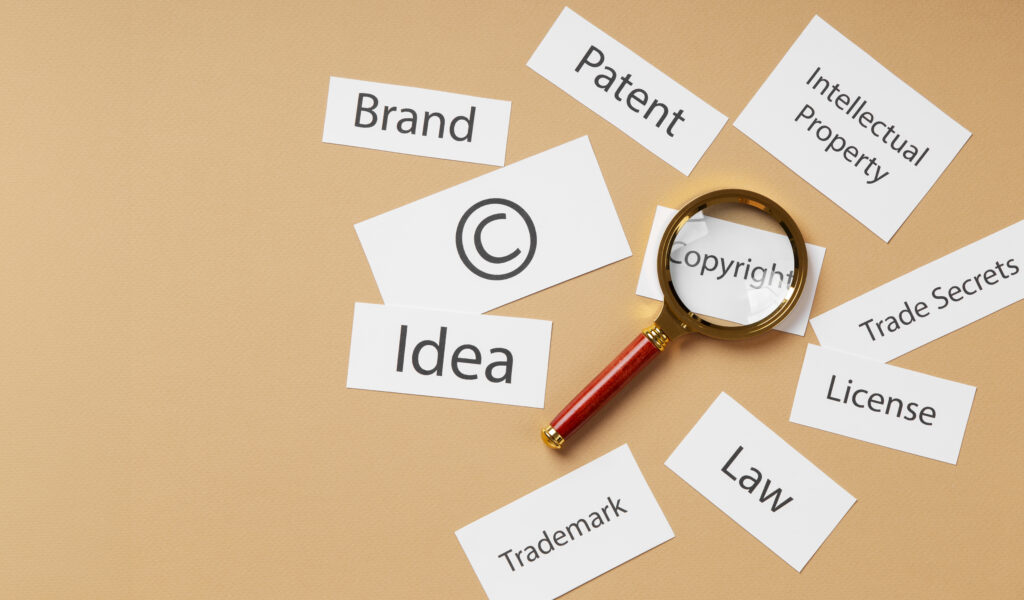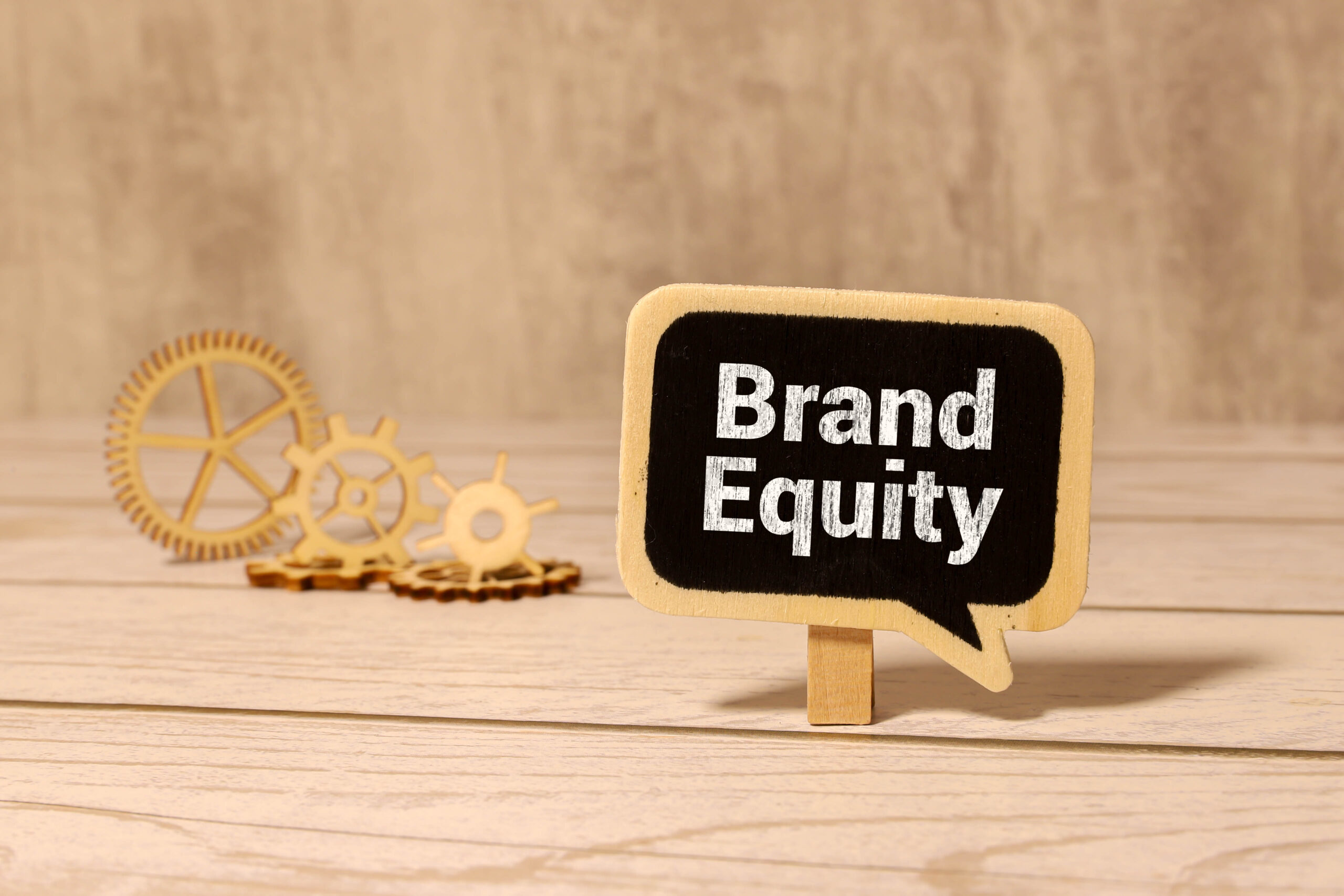In today’s fast-paced market, brands are more than simply names or logos; they are living entities that are shaped by the views and experiences of customers. Assessing a brand’s equity is similar to evaluating a plant’s health. Just as you can tell how healthy a plant is by its leaves, blossoms, or roots, you can assess a brand’s strength by how people perceive it. The actual measure of a brand’s power is equity, a term that extends beyond financial measures to include the intangible value that a brand has in the hearts and minds of its target audience.
But how do you evaluate this illusive quality? Here comes the equity test for your brand.
Understanding Brand Equity
Consider a brand to be a trusted friend who always keeps commitments, making a bond that extends beyond transactional relationships. Over time, this companion becomes priceless, providing not only products or services but also a sense of dependability and emotional attachment. This is the core of brand equity: a powerful force that converts customers into devoted supporters prepared to pay a premium for the assurance and experience your brand offers. In a competitive environment, good brand equity functions as a secret weapon, opening doors and creating possibilities that distinguish you from the competition.
Brand equity is the value that a brand gives to a product or service in addition to its functional advantages.
The Components of Brand Equity
To understand how to test a brand’s equity, we must first split down its components:

1. Brand Awareness: It refers to how well customers identify and recall a brand. High brand awareness indicates that a brand is at the very top of customers’ minds when they consider a specific product category.
2. Brand associations: This refers to the characteristics, benefits, and attitudes customers associate with a brand. Positive associations can help improve perceived quality and consumer loyalty.

3. Perceived Quality: A customer’s assessment of a product or service’s overall quality and superiority to alternatives. It affects both purchasing decisions and brand loyalty.
4. Brand Loyalty: The level of attachment a customer feels to a brand. Loyal consumers are more inclined to suggest the brand to others and are less sensitive to price adjustments.
5. Brand assets: It is consist of trademarks, patents, and other proprietary assets that provide a competitive edge.

The Acid Test: Measuring Your Brand’s Equity
Now that we know exactly what brand equity is, let’s go on to the acid test, a thorough analysis that establishes the brand’s actual strength.
1. Customer Feedback and Surveys
Customer surveys are among the most straightforward methods of gauging brand equity. Inquire about consumers’ awareness, affiliations, loyalty, and perceived quality. Information on customer satisfaction and the propensity to suggest a brand can be obtained using tools such as Net Promoter Score (NPS).

2. Market Share Analysis
Examine the market shares of your competitors and your brand. A powerful brand frequently has a bigger market share, indicating a high level of brand equity.
3. Brand Valuation
A brand’s value can be estimated monetarily using financial indicators like brand valuation. This entails evaluating the brand’s impact on overall company performance as well as prospective future earnings.
4. Social Media Engagement
Examine how the brand appears and interacts on various social media networks. High engagement, good mentions, and a sizable following can all suggest great brand equity.

5. Customer Retention Rates
Monitor the number of consumers who keep coming back to your business over time. High retention rates indicate a high level of equity and brand loyalty.
6. Price Premium
Determine if consumers are prepared to pay more for your brand than for competing or generic goods. Strong brand equity is frequently reflected in a larger price premium.
The Continuous Journey: Evaluating and Enhancing Brand Equity

In today’s competitive environment, brand equity is the lifeblood that drives a company’s expansion and resiliency. You can convert consumer perceptions into enduring loyalty and premium pricing power by comprehending and fostering this intangible value. Staying aware of the requirements and preferences of your audience is ensured by routinely evaluating brand equity through social media participation, market research, and consumer feedback. In addition to strengthening the brand, this continuous process creates fresh chances for expansion and uniqueness.
Consistently managing and monitoring your brand’s equity is critical for establishing long-term client loyalty and gaining a competitive edge.

